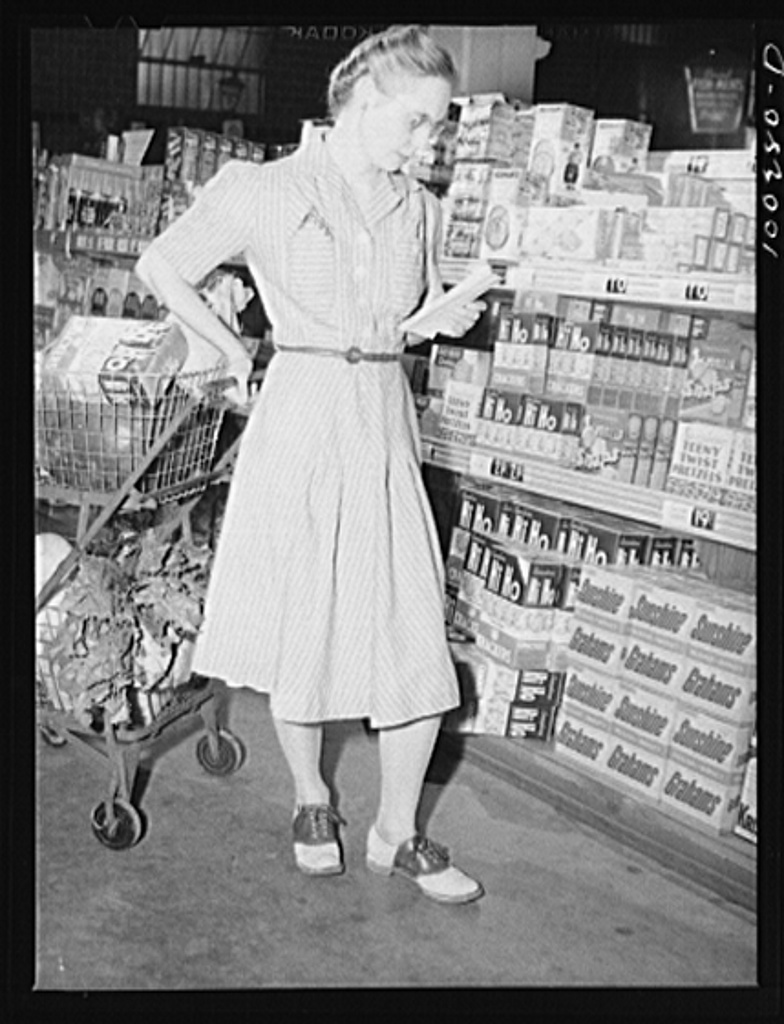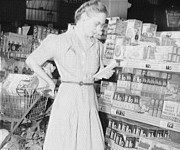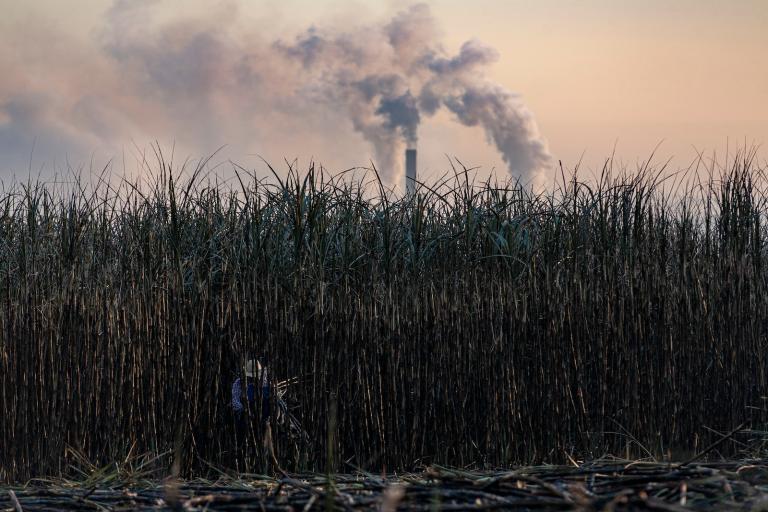Food Studies features the voices of volunteer student bloggers from a variety of different food- and agriculture-related programs at universities around the world. You can explore the full series here.
 Photo: Library of Congress
Photo: Library of Congress
I have always had an impulse to record my world. Hand-written letters are my favorite birthday present (for myself and others). My emails go on and on, full of emotion and detail. I jot descriptions of everything happening around me whenever I find myself sitting still with a few minutes to spare.
I’ve felt this need since I was a kid, but the intent behind it has subtly changed since I have taken up historical work over the past five years.
Now, it is just these kinds of records, from people of times past, that I conceive of as the ultimate treasure, the jackpot.
I can find thousands of pages describing how the industrial canners or home economists of the early 20th century thought about canned food. It’s easy to find journalistic or scientific accounts of food poisoning. And yet, what’s so much more difficult (near impossible!) to find is the letter of the Arkansas farmwife in which she recounts her dinner preparation, or the shopping list of the Michigan consumer, or the diary entry of the New England housewife extolling the virtues of canned food. The consumer voice is an elusive animal, so difficult to track down.
These records elude me because they were not published, not preserved in archives, not deemed worthy of future interest.
I can’t help but think about this every time I write a grocery list or arrange the menu for a dinner party or discuss lunch plans with my husband. I think: How would these artifacts shape the way that future histories of food are written? What could my daily musings reveal about the early 21st century American diet? Or at least about the diet of a Midwestern foodie environmentalist graduate student?
And so, each scrap of paper, each fragment of conversation, becomes potentially valuable. I want to record them all and slip them into a time capsule labeled “To: Future Historian. From: Anna.”
Though I want to do this, I try not to, if only to avoid a life of clutter. Instead, I try to be selective in deciding which items of ephemera might actually tell a story someday.
This peculiar tendency of mine has also drawn me toward oral history. Hearing the voices of the founders of the Sierra Club or of North Carolinians experiencing environmental transformation allows me to put my finger on the pulse of another time, to experience the stories that may not otherwise be written down.
Next semester, I get the unique opportunity to combine these interests in oral history and in relics that reveal past ideas about food. I’ll be leading a small seminar called “Eating and Memory,” through which my students and I will record and preserve stories about the daily interactions of everyday people with the food they consume. We’ll uncover memories of the dinner table, and will capture family recipes and shopping habits, in written and audio form.
We’ll make a space to honor that part of our lives which is so central, yet so easily ignored: how and why we eat what we do.
I invite you all to share in these goals: to describe your dinner in your next journal entry, to paste a shopping list onto your blog, or even to keep track of everything you eat on index cards. These little slips can add up to a picture of your life that can be as illuminating as the more formal one told through posed family photos or Christmas newsletters.
And if anyone has great resources that deal with food and memory — oral histories, essays, radio stories — please share them!



